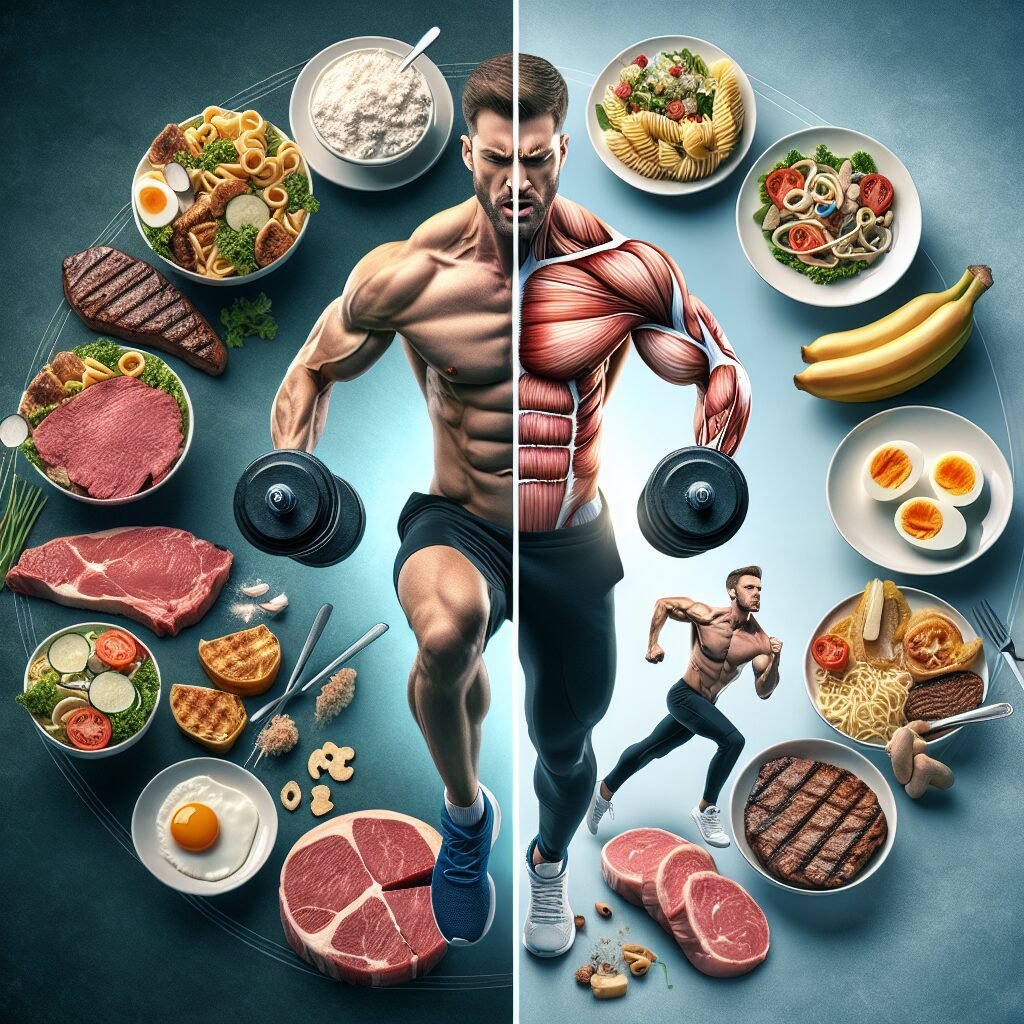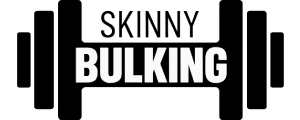
Beginner’s Guide to Bulking and Cutting
Bulking and cutting are foundational concepts in muscle building and weight loss, forming the backbone of many fitness routines for people who aspire to develop a strong, well-defined physique. These two approaches, popularised by the golden era of bodybuilding and still followed by modern fitness enthusiasts, are designed to help individuals efficiently gain muscle and lose body fat. Understanding how to approach bulking and cutting from a beginner’s perspective is key to making steady, sustainable progress in the gym while maximising muscle growth and minimising unwanted fat accumulation.
Bulking is a dedicated phase when individuals intentionally eat more calories than they use, creating what is known as a caloric surplus. Consuming more calories than your body needs for maintenance puts your body into an anabolic state, which simply means it is in a mode geared toward growth and repair. This growth environment enables the development of muscle and, to a lesser degree, bone and other tissues. However, the key to effective bulking is to keep the calorie surplus controlled. Eating too much over maintenance calories can lead to rapid fat gain, which can become problematic when it’s time to reveal the hard-earned muscle by cutting. The optimal approach is to aim for a modest calorie surplus and monitor both your weight and body composition, ensuring weight gain is gradual. If you notice your strength in the gym is increasing and the scale is rising slowly, you are likely on the right track.
A critical part of bulking is the composition of your diet. While protein is often touted as the single most crucial macronutrient for building muscle, research suggests bulking may not require as much protein as many believe. Consuming between 1.3 to 1.8 grams of protein per kilogram of bodyweight is sufficient for optimising body composition during a bulk. For example, an 80kg individual should target around 104 to 144 grams of protein per day. Adequate protein should be accompanied by moderate fat intake to support healthy hormonal function, and, importantly, a substantial portion of the diet should come from carbohydrates. Carbs are pivotal during bulking because they replenish muscle glycogen stores, enabling heavier lifts and more intense training sessions. In addition, carbohydrates stimulate insulin, a hormone that assists with nutrient delivery to muscles and can further aid muscle growth.
Training during bulking should centre around lifting heavy weights, focused especially within a moderate repetition range, typically 8 to 12 reps per set. Prioritising compound lifts—such as squats and bench presses—lays the groundwork for general muscle development, while assistance exercises can target specific muscle groups for additional growth. Steady progress in strength and consistent increases in training loads over time are key indicators of a successful bulk.
A common pitfall to avoid is “dirty bulking,” which involves consuming large amounts of junk food and highly processed calories simply to gain size. While this approach might rapidly increase scale weight, it also leads to excessive fat accumulation and can undermine health. Sticking to whole, nutrient-dense foods while in a calorie surplus is more conducive to muscle growth and is healthier in the long run. Dirty bulking makes the subsequent cutting phase much tougher, as more fat has to be lost before muscle definition can be revealed.
After a bulking phase, many turn to cutting, which is the process of reducing body fat while aiming to maintain as much muscle mass as possible. Cutting requires a caloric deficit, meaning you take in fewer calories than your body needs for maintenance, pushing your body into a catabolic state where stored energy is utilised for fuel. Like bulking, it’s important to approach the calorie deficit with moderation. Drastic cuts can lead to rapid weight loss but often at the expense of muscle mass and overall health. Sustainable progress often comes from a moderate deficit, allowing for consistent fat loss while preserving muscle.
When in a cutting phase, the focus of exercise shifts slightly to maximise calorie burn. Incorporating exercises that elevate the heart rate, such as cardio routines and high-intensity interval training (HIIT), alongside resistance training, helps achieve this goal. Reducing rest times between sets and including circuits or supersets in your workout can keep the training dynamic and calorie-burning high. Increasing NEAT, which stands for non-exercise activity thermogenesis, also plays a valuable role. Everyday movements like walking, cleaning, or fidgeting can sum up to a significant amount of daily energy expenditure, making them effective, accessible tools to assist in fat loss.
Protein intake becomes even more important during cutting. While overall calorie intake drops, keeping protein high—around 1.8 grams per kilogram of bodyweight—helps spare muscle tissue from breakdown. This preserves the hard-earned muscle mass acquired during the bulking phase. Fat intake should stay moderate to support hormone production, and carbohydrates can be adjusted downward but not eliminated, as they fuel performance and recovery.
Strength training should continue during a cut, as resistance exercise is proven to help maintain muscle mass during periods of caloric restriction. While making new gains in muscle or strength might not be feasible due to reduced energy intake, maintaining as much muscle as possible through continued resistance work should be the priority. Progression in lifts may stall or slightly regress, but consistency ensures long-term retention of muscle size and strength.
Rushing weight loss is a frequent mistake in cutting. Quick-fix diets and aggressive calorie restrictions might offer fast results but are difficult to sustain and can compromise muscle mass, well-being, and future progress. Gradual and controlled fat loss, paired with careful nutrition and regular training, is not only more sustainable but also healthier. Meeting nutritional needs by including a variety of whole foods—vegetables, fruits, lean proteins, healthy fats, and complex carbs—ensures that the body remains healthy throughout the process.
The cycles of bulking and cutting can be adjusted based on individual goals, timeframes, and preferences. Some may spend months focusing on building size and strength, followed by periods dedicated to fat loss and defining muscle. Understanding both the benefits and the risks of these approaches is essential before incorporating them into your routine. For beginners, the key is to listen to your body, make measured adjustments, and focus on developing lasting habits, rather than seeking quick transformations.
Successful bulking and cutting aren’t defined by extreme measures but by consistency, strategic planning, and maintaining a focus on long-term health and performance. By eating at a modest caloric surplus and focusing on quality carbohydrates, protein, and fats when bulking, and transitioning to a moderate caloric deficit with increased activity and higher protein intake during cutting, individuals can skillfully manage muscle gain and fat loss phases over time. Sticking to whole foods, avoiding dirty bulking, and prioritising steady, gradual changes in body composition are fundamental for sustainable results. Whether your primary fitness goal is to build muscle, lose fat, or achieve a blend of both, understanding and applying these principles will provide a reliable path to the physique and health benefits you seek.







Leave a Reply